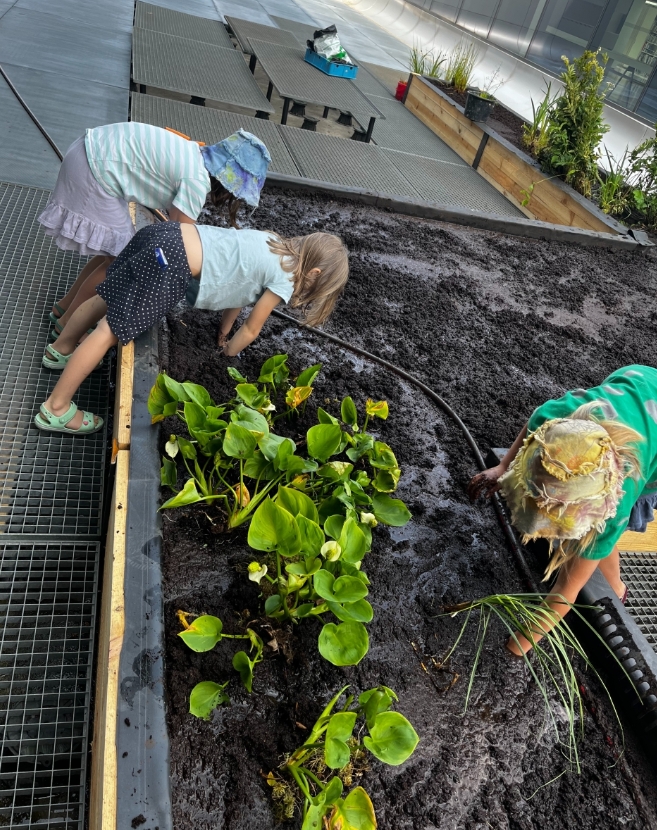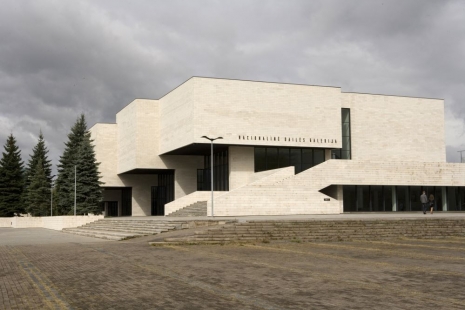Embracing—and reversing—such negative mythologies of the natural world, Partially Swamped Institution sees hope and futurity in the swamp. The exhibition restages major works from the last decade by Nomeda and Gediminas Urbonas, including River Runs (2012), Mushroom Power Plant (2017), and The Psychotropic House: Zooetics Pavilion of Ballardian Technologies (2015-16). Archives of earlier projects are also presented, some of which date back to the time of transition following the fall of the iron curtain. From early feminist readings of the (post-)Soviet psyche to community-based activist art and assemblages of art and science, the exhibition traces the changing phases of the Urbonases’ oeuvre. A regard for what we would today call environmental citizenship, however, has been a premise of their collaboration all along.
Characteristic of how the artists play with social forms and processes, Partially Swamped Institution is an exhibition that leaks agency and permits contingency. Straddling human and not-so-human bodies, it includes workshops, living entities, and robots – and in an extraordinary gesture, brings the swamp to the museum, as one has been constructed in the courtyard of the National Gallery of Art. This piece of live contraband tangles urban and natural ecologies, and invites the institution to act as a caregiver for a community of organisms that becomes both a device for action and a meditation on new forms of coexistence.
An off-site protagonist is a bog in southern Lithuania, Meškos Šikna – in English, the Bear’s Ass. The Urbonases have foraged Meškos Šikna for imaginings to introduce in their museum swamp, and it will be the destination for field trips during the exhibition period. Besides that, it also carries a fitting toponym for countries that are the butt of imperialist expansion.
The exhibition’s title evokes American artist Robert Smithson’s Partially Buried Woodshed, a classic of land art that became an impromptu memorial for the students who were shot dead at its location by National Guard soldiers during anti-war protests in 1970.
Such intense points of confrontation suggest cultural and democratic institutions that are exposed and vulnerable, but also how ecosystems are – or ought to be considered as – political subjects. The swamp is a dynamic multiplicity of beings and materials, elements, and terrains that defies the division of the world into constructs of “nature” and “culture”, offering an unexpected chance for new sense-making and for life to emerge out of chaos.





